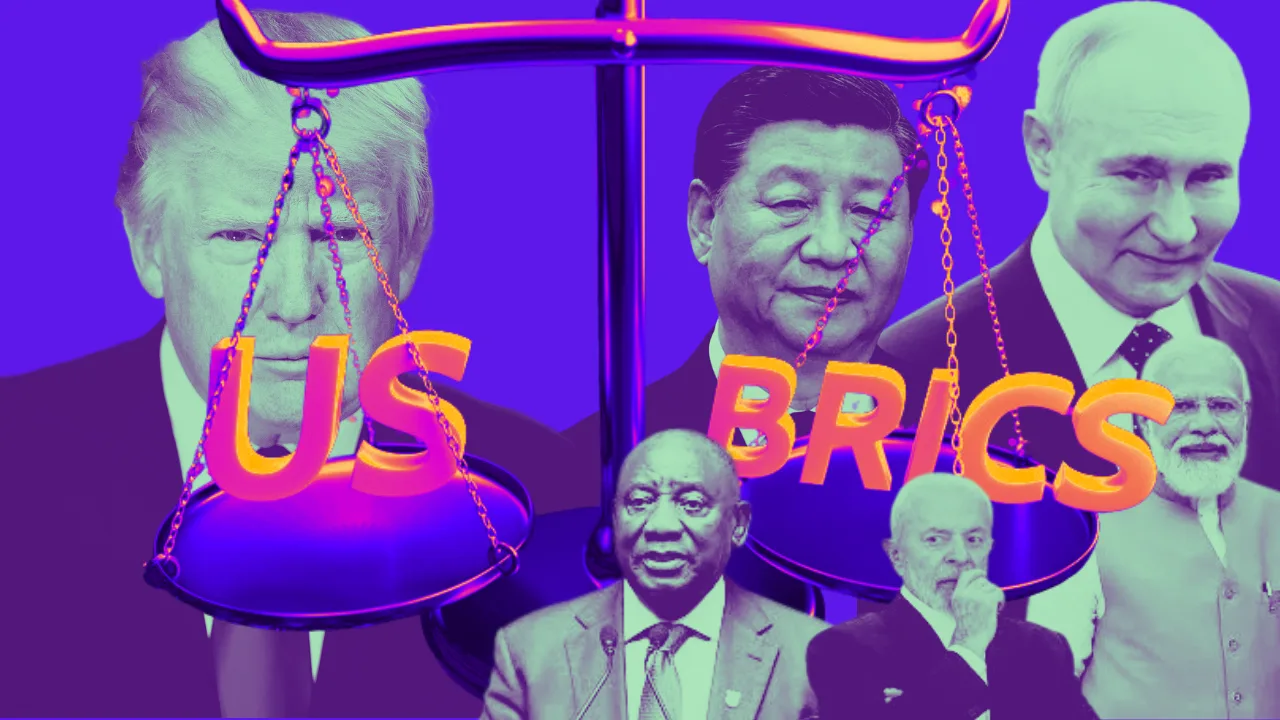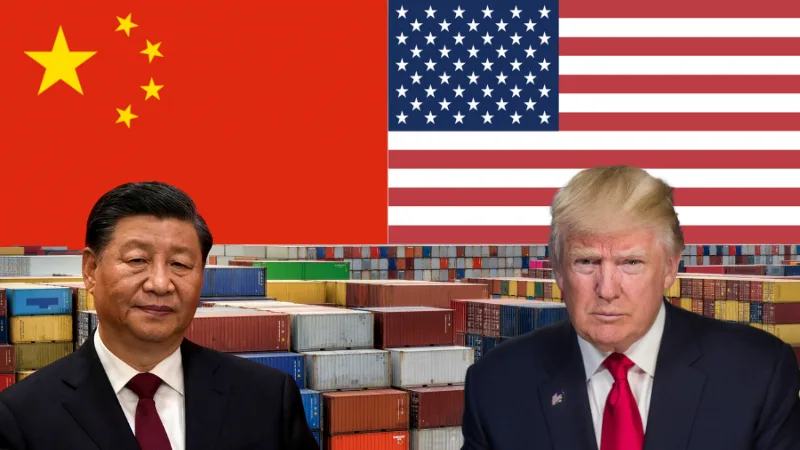In a move stirring both domestic and international tensions, President-elect Donald Trump has issued a stark warning to the BRICS nations—Brazil, Russia, India, China, and South Africa. He has threatened to impose 100% tariffs if these countries proceed with their plans to create a new currency aimed at reducing dependence on the U.S. dollar.
What Are BRICS Nations Planning?
The BRICS bloc has long expressed dissatisfaction with the global dominance of the U.S. dollar. Recent discussions have revolved around creating an alternative reserve currency. Such a move would enable member nations to bypass the dollar in international trade, challenging the economic hegemony of the United States.
Trump’s Response: A 100% Tariff Threat
President-elect Trump’s warning comes as a preemptive strike against any action that could weaken the dollar’s position as the world’s reserve currency. According to Trump’s statement, BRICS nations must abandon their plans or face severe economic repercussions, including losing access to the lucrative U.S. market.
Kremlin’s Reaction: U.S. Strategy Could Backfire
Russian officials, including Kremlin spokesperson Dmitry Peskov, have criticized Trump’s threats, arguing that such actions could accelerate the decline of the dollar’s global dominance. Peskov highlighted the growing trend of nations using national currencies for trade, a shift that could gain momentum if the U.S. enforces punitive tariffs.
The Global Economic Impact
Trump’s bold tariff threats have already sent ripples through financial markets:
- Rising Bond Yields: U.S. bond yields have climbed as investors brace for potential inflation fueled by a new trade conflict.
- Dollar Strengthens Temporarily: Despite long-term concerns, the dollar has edged higher due to uncertainties over global trade policies and interest rates.
- Geopolitical Risks: The possibility of a trade war between the U.S. and the BRICS nations could disrupt global supply chains and trade relations.
What Is at Stake for the U.S.?
While Trump’s approach signals a strong defense of the dollar, it also raises questions about its broader implications for the U.S. economy. Imposing 100% tariffs could:
- Impact American Consumers: Higher tariffs often lead to increased prices for imported goods, burdening American households.
- Strain Trade Relations: The U.S. risks isolating itself from emerging markets that represent a significant portion of global economic growth.
- Accelerate De-Dollarization: Aggressive tactics could incentivize more countries to reduce reliance on the dollar.
Could This Backfire on BRICS?
While BRICS nations aim to reduce dollar dependency, they face internal challenges:
- Economic disparities among members.
- Political tensions, especially between China and India.
- Potential economic fallout from losing access to U.S. markets.
What’s Next?
As the BRICS bloc and the U.S. navigate this economic standoff, the global community will be watching closely. A successful push for a BRICS currency could mark a seismic shift in global economic power, while Trump’s tariff threats could redefine international trade dynamics.
Final Thoughts
This unfolding story is more than a geopolitical chess match; it’s a high-stakes battle over the future of global economic order. For readers, investors, and policymakers alike, understanding the nuances of this conflict is crucial.
To learn more about BRICS you may be interested in this article What is BRICS and Why Should it Matter to You?





